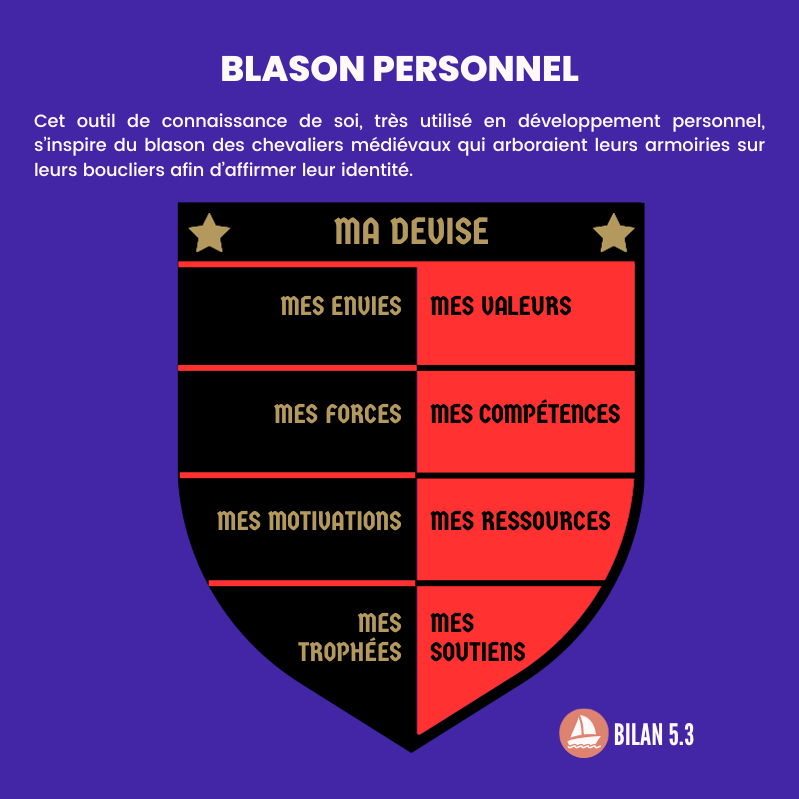Measuring the tension in each of the two arms is not a usual gesture for the doctor. However, it is a gesture that can save because a difference between the two measurements can be the early sign of a future cardiovascular problem. And PThe higher the difference in blood pressure between the two arms, the higher the risk of heart disease, say researchers from the University of Exeter (Great Britain).
“We found that all-cause mortality increased from a difference of 5 points between the measurement of systolic pressure (the higher figure) of one arm compared to the other” explains Pr Chris Clark , main author of this study. “Blood pressure should be measured in both arms during cardiovascular assessment, not only to identify the higher reading arm, but also to identify additional risk conferred by an inter-arm difference.”
The doctor suggests that a systolic difference of 10 points between the two arms be adopted as the upper limit of normal and a warning sign. Knowing that they are more at risk, patients could thus find the motivation necessary to improve their lifestyle and reduce their blood pressure.
Measuring voltage to better predict risk
This is not the first time that cardiologists have drawn attention to this gesture as simple as taking blood pressure in both arms. In 2014 already, researchers from Harvard University stated in a study that people who had a significant difference between the two blood pressure measurements were 38% more likely to have a heart attack or stroke in the following years.
“A large difference in the blood pressure reading may suggest that the artery supplying one of the arms is blocked, which is an early sign of cardiovascular disease. If the arteries in the arm are blocked, it is likely that the arteries of the heart and the brain are also partially clogged,” explained Dr. Christopher O’Donnell, cardiologist at Massachusetts General Hospital.
Read also :
- Rise in blood pressure: how to know if it is hypertension?
- High blood pressure: 9 foods to absolutely avoid
- Hypertension: all the misconceptions about treatments


















